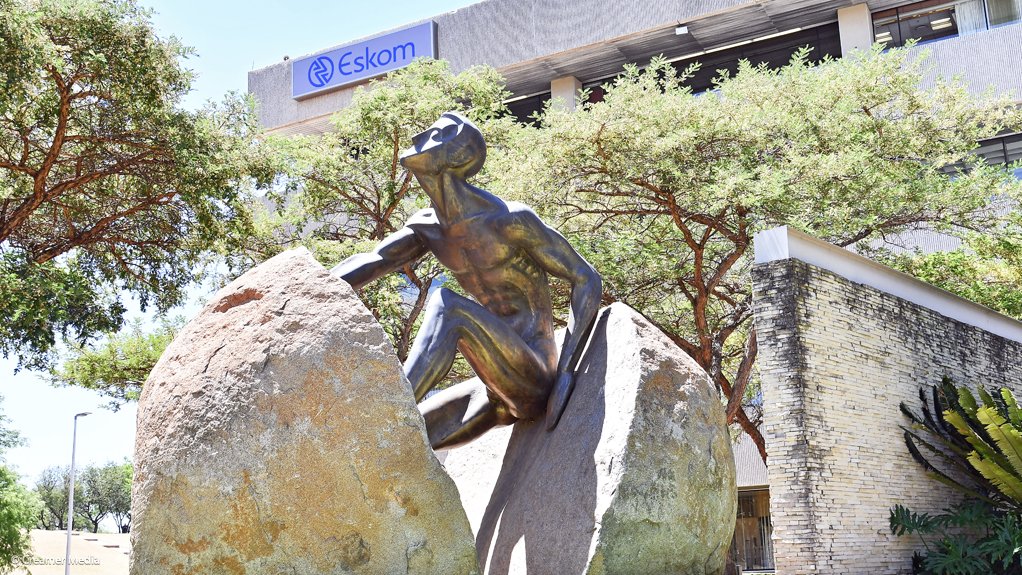Rating agency S&P Global Ratings considers that finding a solution to Eskom’s unsustainable debt position is potentially essential to meet the proposed deadlines for the broader restructuring of the public company into three production units, transmission and distribution – a separation that is also seen as necessary to reform South Africa’s electricity supply industry and attract much-needed private investment in generation.
Speaking during a virtual update on South Africa on Tuesday, the corporate ratings director Omega Collocott said the restructuring was progressing “slowly” but had been negatively affected by disruptions related to the Covid-19 pandemic as well as operational difficulties that had led to recent periods of rotational power outages.
Progress has been made, she said, in separating the units operationally and financially. However, a full legal separation would, she said, require the implementation of a debt reduction solution so that the remaining debt could be split between the three stand-alone companies.
“This component of the reform – the separation of Eskom into its three entities – does not significantly alleviate Eskom’s critical financial stress and high indebtedness.
“And the reality is that it will be very difficult to complete a legal separation, which would include the separation of Eskom’s significant debt burden into allocations to the various entities, before the debt burden is reduced” , explained Collocott.
Under current timelines, the intention is to launch a legally separate independent transmission and system operator, under Eskom Holdings, by December this year and to complete the separation of generation and distribution activities by December. 2022.
“The reality is that the reform process is progressing. . . but I think the pandemic and Eskom’s operational issues have taken the eyes of the government and Eskom management to some extent.
“So I think those legal separation timelines will be extended, in some cases by a few years,” Collocott said.
Eskom, which forecasts an annual loss of more than R22 billion, is currently dependent on government support to meet its interest payment obligations – a fact reflected in its current credit rating, which S&P Global Ratings has pegged at CCC+. with a negative outlook even taking into account the high probability of exceptional government support.
The utility received a government injection of R49 billion in 2020 and was due to receive R56 billion in 2021. All funds are earmarked for debt servicing.
In December, organized businesses, workers, community and government formally signed a social pact to support Eskom, which included a commitment to reduce Eskom’s debt burden.
There has been little visible progress on the solution since, however, with the finance minister Tito Mboweni making no mention of a cure in his recent budget speech.
In a presentation to the Parliament’s Standing Committee on Public Accounts on March 3, Eskom reiterated that its high level of debt required a “structural solution”.
“[Reform] happens, but it happens slowly, and I think a critical factor [element] to start the process, it will be necessary to take care of the debt of Eskom.
“The debt burden at the level that it is now probably needs to be resolved to some degree before the reform process can really unfold to its conclusion of the legal separation of the entities,” Collocott said.

